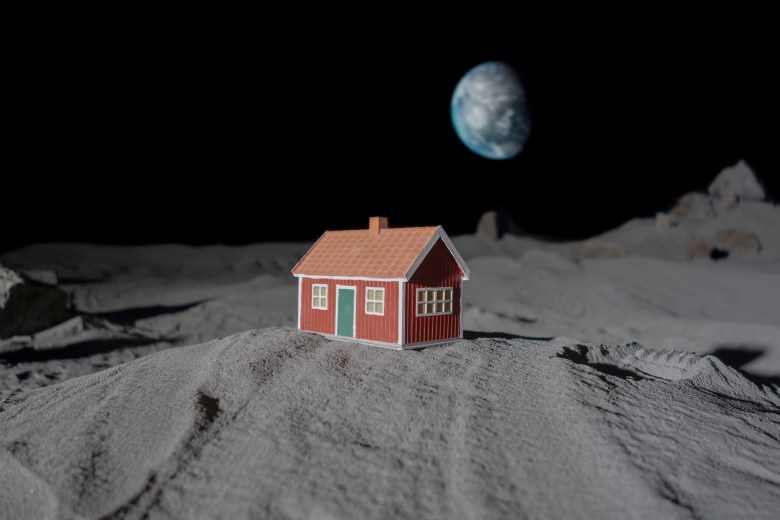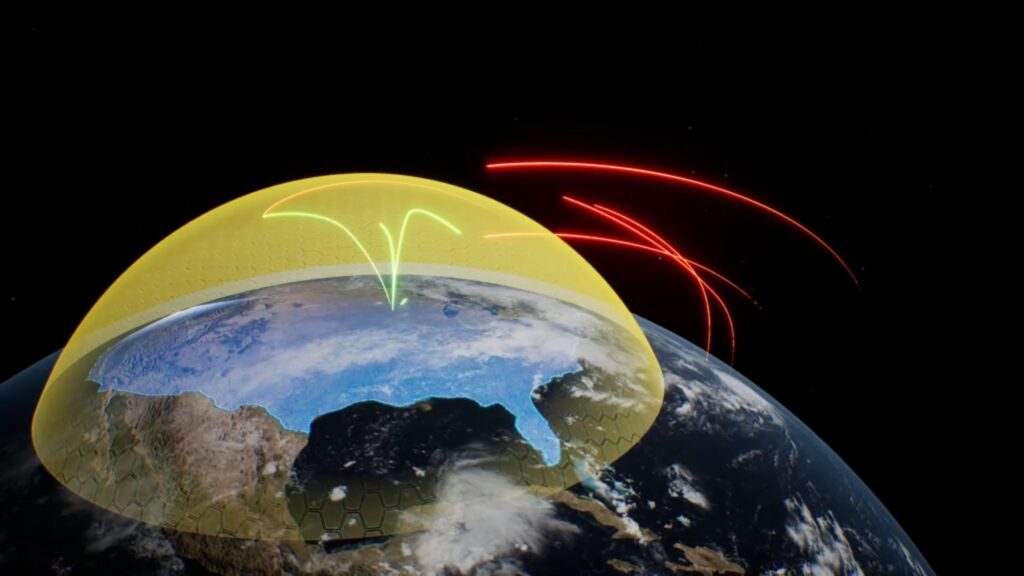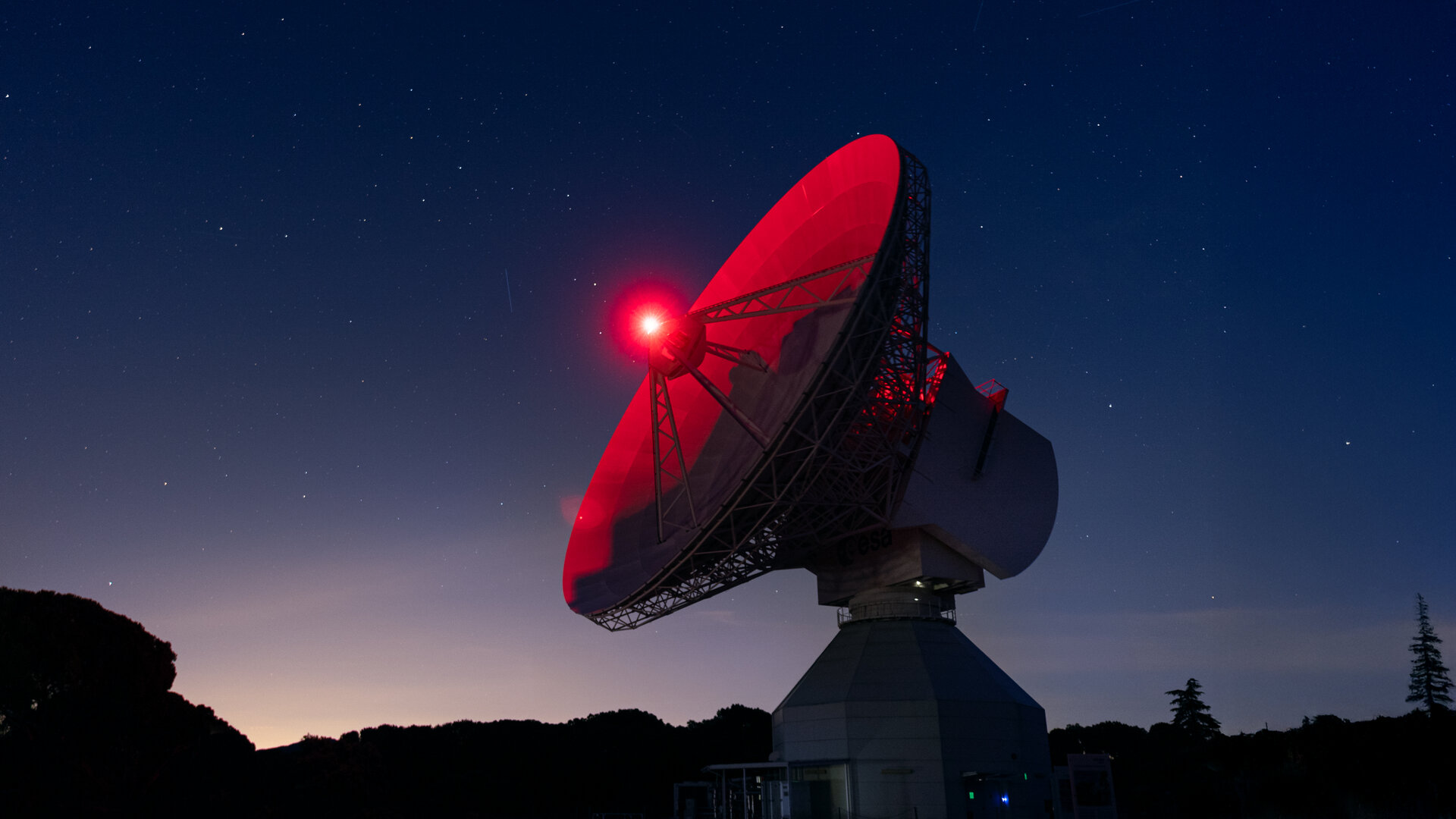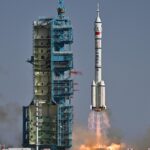Now Reading: Second ispace mission ready for lunar landing attempt
-
01
Second ispace mission ready for lunar landing attempt
Second ispace mission ready for lunar landing attempt

WASHINGTON — Japanese company ispace is set to make its second attempt to land on the moon this week as the company looks ahead to larger, more ambitious lunar landers.
The Tokyo-based company slightly revised the landing time for its Resilience lunar lander in a statement late June 3. The landing, in the Mare Frigoris region of the northern hemisphere of the near side of the moon, is now scheduled for 3:17 p.m. Eastern June 5, seven minutes earlier than previously announced.
The tweak in the landing time, ispace said, came after engineers reviewed maneuvers performed May 28 to lower the spacecraft’s orbit to 100 kilometers. “Their review of the orbit, the performance of the spacecraft, and the landing sequence have resulted in an updated landing time,” the company stated.
Resilience launched in January on the same Falcon 9 that carried Firefly Aerospace’s Blue Ghost 1 lunar lander. While Blue Ghost made a successful landing on the moon March 2, Resilience took a longer, low-energy trajectory, going as far as 1.1 million kilometers from the Earth before returning and entering lunar orbit May 6.
Resilience is ispace’s second attempt to land on the moon. The company’s first lander, similar in design to Resilience, crashed when attempting a landing in April 2023. The company concluded that a software problem caused the spacecraft to believe it was on the surface when it was still at an altitude of five kilometers.
“Since that time, we have drawn on the experience, using it as motivation to move forward with resolve,” Takeshi Hakamada, founder and chief executive of ispace, said in a June 4 statement. “We are now at the dawn of our next attempt to make history.”

Payloads
The lander carries several payloads from Japanese companies and a Taiwanese university, including a water electrolyzer, a food production experiment and a deep space radiation problem. The lander also has a “commemorative alloy plate” from Bandai Namco Research Inc., the research arm of Japanese entertainment company Bandai Namco. The commercial payloads on the lander have a combined contract value of $16 million, ispace stated in financial reports.
In addition to those payloads, Resilience carries a small rover, Tenacious, developed by ispace’s European subsidiary. It is equipped with cameras and a shovel that will collect lunar regolith. That regolith sample will then be sold to NASA under a $5,000 agreement announced in 2020, part of an effort by the agency to establish precedence for rights to space resources.
Tenacious also carries an art project called Moonhouse, developed by a group led by Swedish artist Mikael Genberg. The Moonhouse is a model of a typical Swedish house, measuring 12 by 10 by 8 centimeters and weighing 100 grams. The rover will deploy the Moonhouse onto ther surface, ideally in a location that will allow it to be photographed with the Earth in the background.
“All culture boils down to one thing, that is that we try to communicate and recommunicate and recommunicate what it is to be human, what life is all about,” Genberg said of the project during a June 4 briefing. Placing a model of a typical house on the moon offers a new perspective on that question, he argued. “The thing that would really create the perspective would be a red house on the surface of the moon.”
The Moonhouse was produced using 3D-printing technologies in aluminum and uses customized space-rated red paint. The company that the project worked with to produce the house had warned that it would not be possible to print it as designed, found it could be done. “In that sense, we feel that maybe we pressed technology a little bit forward,” Genberg said.
Once the team finds an appropriate location for the Moonhouse, the rover will go there and fire a bolt to release the house, dropping eight centimeters to the surface. That required extensive testing at a European Space Agency facility with a simulated lunar landscape. “We’ve been as worried about these last eight centimeters as ispace is about their landing,” said Emil Vinterhav, head of the project’s technical team.
Genberg declined to disclose the cost of the Moonhouse, including getting it to the moon, saying only it was comparable to the cost of a “really nice house with a good pool” on Earth.
“This house is kind of a symbol for the future of life, maybe,” he said, arguing that for life to continue it must expand beyond Earth, then quoted a comment from a retired Swedish politician. “Maybe a house on the moon is exactly what the world needs right now.”
Finances and future plans
As Resilience prepares for its landing, ispace is actively working on two more lunar landers. The company’s U.S. subsidiary is building the Apex 1.0 lander for what it calls Mission 3, a lander for a NASA Commercial Lunar Payload Services (CLPS) program mission led by Draper. That mission is now scheduled to launch in 2027 after a change in engines for the lander, announced May 9, pushed the mission back from 2026.
In Japan, ispace is building a separate lander for Mission 4, also scheduled for 2027. That lander will feature a new design, called Series 3, and has $80 million in financial support from the Japanese government. The mission will also place into orbit a satellite funded by JAXA’s Space Strategy Fund to search for water ice and metals below the lunar surface. The company said it expects to have a “core role” in developing the satellite.
In an earnings presentation May 9, ispace laid out a roadmap for additional missions using landers built in the United States and Japan, projecting three more missions in 2028 and 2029. That will depend in part on the ability of ispace U.S. to win CLPS task orders in partnership with other companies. In April, ispace U.S. announced an agreement with Redwire, which is one of the companies on the CLPS contract, to work together to seek future CLPS missions.
For the fiscal year ending in March 2025, ispace reported net sales of 4.74 billion yen ($32.9 million) and a net loss of 11.9 billion yen. For its current fiscal year, the company is forecasting net sales of 6.2 billion yen but a net loss of 8.3 billion yen. The company is covering those losses with loans, including a $35 million loan from Mizuho Bank, Ltd. announced May 14 and a $70 million loan from Sumitomo Mitsui Banking Corporation announced May 22.
“Our goal is to build the cislunar economy, one in which the moon and Earth are economically and socially connected. We view the success of the lunar landing as merely a steppingstone toward that goal,” Hakamada said in his June 4 statement, referring to the upcoming Resilience landing. “We believe these missions open the door to outer space for more people.”
Stay Informed With the Latest & Most Important News
Previous Post
Next Post
-
 012024 in Review: Highlights from NASA in Silicon Valley
012024 in Review: Highlights from NASA in Silicon Valley -
 02Panasonic Leica Summilux DG 15mm f/1.7 ASPH review
02Panasonic Leica Summilux DG 15mm f/1.7 ASPH review -
 03How New NASA, India Earth Satellite NISAR Will See Earth
03How New NASA, India Earth Satellite NISAR Will See Earth -
 04And Thus Begins A New Year For Life On Earth
04And Thus Begins A New Year For Life On Earth -
 05Astronomy Activation Ambassadors: A New Era
05Astronomy Activation Ambassadors: A New Era -
06SpaceX launch surge helps set new global launch record in 2024
-
 07Space Force plans new ‘Futures Command’ amid pressure to speed up modernization
07Space Force plans new ‘Futures Command’ amid pressure to speed up modernization




















